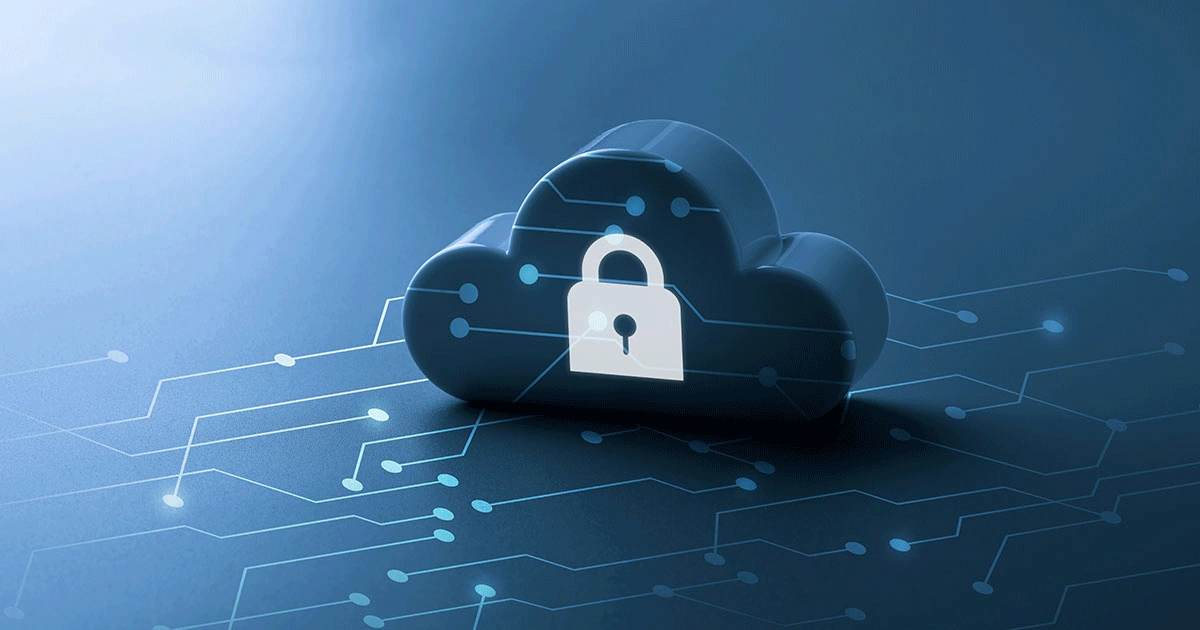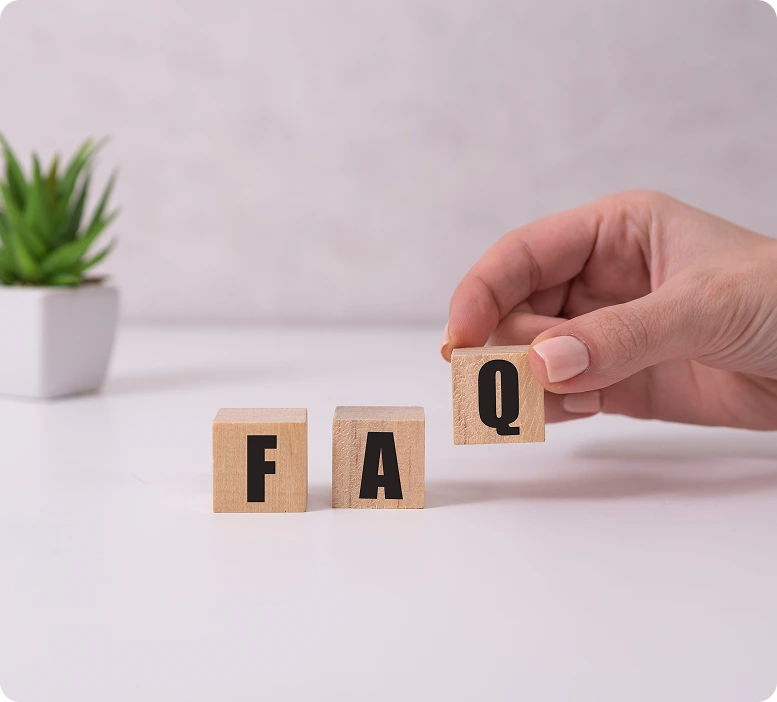Asset Tokenization
Asset tokenization is the process of converting real-world assets or digital assets into digital tokens on a blockchain. These tokens represent ownership rights, shares, or entitlements associated with the underlying asset. By leveraging blockchain technology, asset tokenization enables fractional ownership, liquidity, transparency, and secure transactions, making traditionally illiquid or hard-to-access assets more accessible to investors and businesses. Asset tokenization is the process of digitally representing physical or digital assets as tokens on a blockchain, enabling their ownership, transfer, and management in a decentralized and transparent manner. These tokens can represent full ownership, partial ownership (fractionalized), or specific rights associated with the underlying asset, such as dividends, voting rights, or royalties.


Asset Tokenization Solutions – Transparent, Liquid, and Fractionalized
Asset tokenization solutions transform physical or digital assets into blockchain-based digital tokens. Each token represents ownership, a share, or entitlement related to the underlying asset. By leveraging blockchain technology, these solutions enable fractional ownership, enhanced liquidity, and full transparency, making high-value or traditionally illiquid assets accessible to a broader range of investors. They also streamline asset management, reduce costs, and provide secure, tamper-proof records of ownership.
Enterprise Asset Tokenization Solutions – Transparent, Scalable, and Efficient
Enterprise asset tokenization solutions enable organizations to digitize physical and digital assets into blockchain-based tokens, representing ownership, shares, or rights associated with the asset. By leveraging blockchain technology, enterprises can unlock liquidity, enable fractional ownership, ensure transparency, and streamline asset management. These solutions are ideal for large-scale applications in finance, real estate, supply chain, and digital asset management.

Transparency
All token transactions and ownership records are recorded immutably on the blockchain, providing auditability and regulatory compliance.

Scalability
Enterprises can manage and tokenize thousands of assets efficiently, supporting large-scale operations and multiple investors.

Fractional Ownership
High-value assets such as real estate, investment funds, or art can be divided into smaller tokens, allowing broader participation and democratized ownership.

Enhanced Liquidity
Tokenized assets can be traded on blockchain marketplaces, making traditionally illiquid assets more liquid and accessible.

Automation and Efficiency
Smart contracts enable automatic distribution of dividends, royalties, or voting rights, reducing manual processes.

Global Accessibility
Investors across the globe can participate without intermediaries, creating new funding and investment opportunities.
Enterprise Asset Tokenization – Efficient, Liquid, and Secure
Enterprise asset tokenization leverages blockchain technology to convert physical or digital assets into secure, tradable digital tokens. These tokens represent ownership rights, shares, or entitlements of the underlying asset. By adopting tokenization, enterprises can enhance operational efficiency, unlock liquidity, enable fractional ownership, and provide secure and transparent asset management for investors and stakeholders.

Enterprise Asset Tokenization Infrastructure – Scalable, Secure, and Efficient
Enterprise asset tokenization infrastructure provides the foundational blockchain framework for digitizing physical and digital assets. By converting assets into blockchain-based tokens, this infrastructure enables enterprises to manage, trade, and fractionalize assets at scale, ensuring security, transparency, and operational efficiency. It is designed for large-scale adoption, supporting multiple assets, investors, and global transactions.
FAQ
What is asset tokenization?
Asset tokenization is the process of converting physical or digital assets into blockchain-based tokens, where each token represents ownership, shares, or rights associated with the underlying asset.
Why is asset tokenization important?
It democratizes access to high-value or illiquid assets, enhances liquidity, reduces administrative costs, enables fractional ownership, and provides secure, transparent ownership records.
What types of assets can be tokenized?
Real Estate: Residential, commercial, and industrial properties
Financial Assets: Stocks, bonds, private equity
Commodities: Gold, oil, agricultural products
How does asset tokenization improve liquidity?
By creating tokenized representations of assets that can be traded on blockchain marketplaces, previously illiquid assets become easier to buy, sell, and transfer.
What is fractional ownership in asset tokenization?
Fractional ownership allows high-value assets to be divided into multiple tokens, enabling multiple investors to own a portion of the asset rather than requiring a single buyer to purchase it entirely.
How is asset tokenization secure?
Blockchain ensures that all ownership records and transactions are immutable, tamper-proof, and auditable, providing security and trust between investors and enterprises.
What are the enterprise use cases for asset tokenization?
Real estate investment platforms
Tokenized financial securities (stocks, bonds, funds)
Supply chain and commodity tracking

